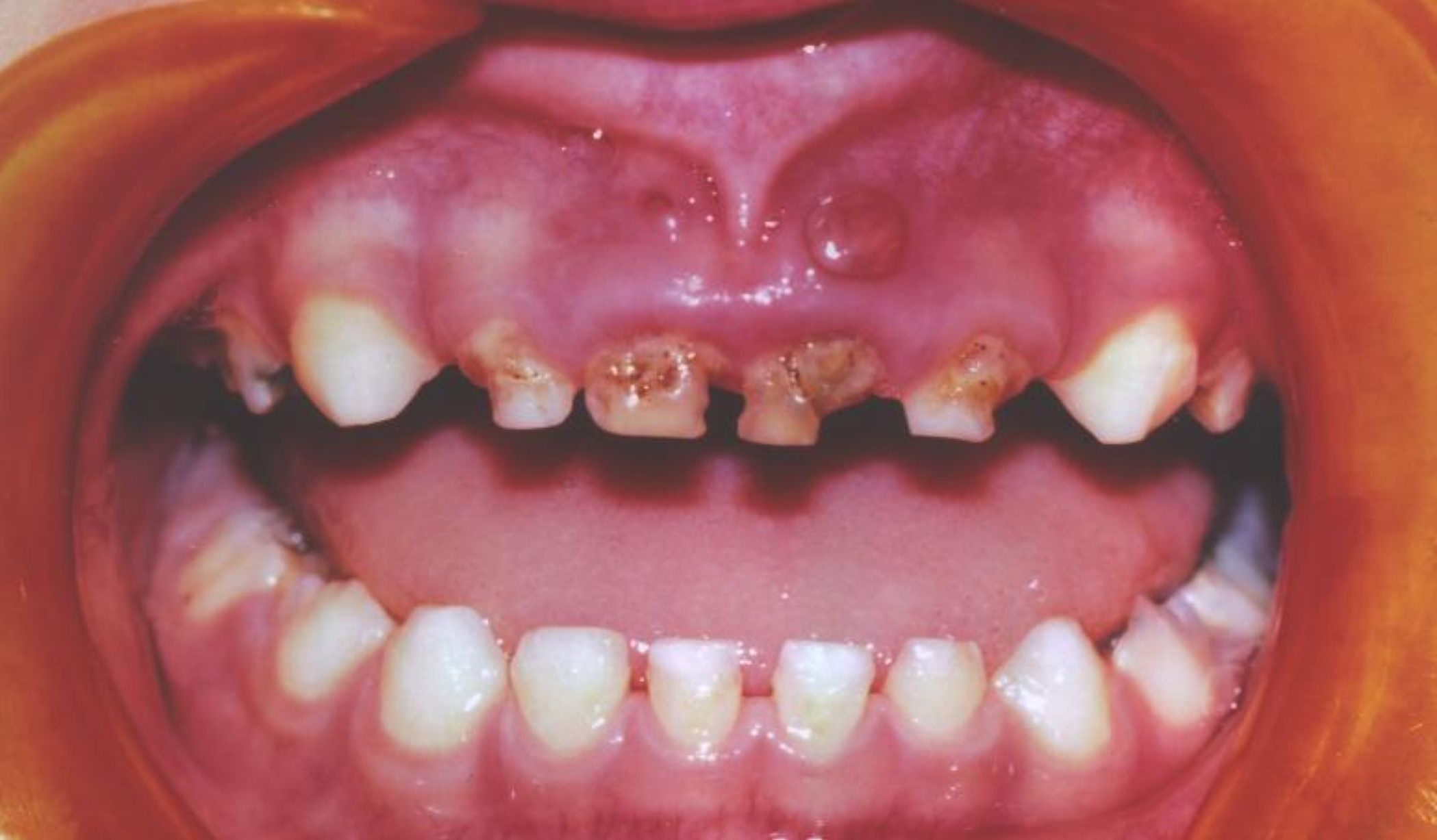+919790726189

This is your website preview.
Currently it only shows your basic business info. Start adding relevant business details such as description, images and products or services to gain your customers attention by using Boost 360 android app / iOS App / web portal.
PREVENTION OF CAVITIES IN CHILDREN AT WEST MAMB...

PREVENTION OF CAVITIES IN CHILDREN AT WEST MAMBALAM ASHOK NAGAR CHENNAI The Role of Topical Fluorides in Reducing Cavities: Benefits and Application Procedure Tooth decay, or dental caries, is one of the most prevalent chronic diseases worldwide, affecting individuals across all age groups. Among the most effective methods for preventing cavities is the use of topical fluorides. These fluorides play a crucial role in strengthening tooth enamel, making it more resistant to acid attacks from plaque bacteria and sugars in the mouth. In this blog, we’ll explore how topical fluorides reduce cavities and the proper procedure for their application. What Are Topical Fluorides? Topical fluorides are fluoride-containing agents applied directly to the surface of teeth. Unlike systemic fluorides (like those found in drinking water or supplements), topical fluorides act locally on the tooth surface to enhance enamel resistance, remineralize early lesions, and inhibit bacterial metabolism. Common forms of topical fluoride include: Fluoride toothpaste (1000–1500 ppm) Fluoride mouth rinses (0.05% daily or 0.2% weekly sodium fluoride) Professional fluoride gels or foams (usually 1.23% acidulated phosphate fluoride or 2% sodium fluoride) Fluoride varnishes (5% sodium fluoride) Mechanism of Action Topical fluorides work in three primary ways: Remineralization: Fluoride helps rebuild weakened enamel by attracting calcium and phosphate ions to the tooth surface. Demineralization resistance: Fluoridated enamel is more resistant to acids produced by plaque bacteria. Antibacterial effect: Fluoride inhibits the activity of cariogenic bacteria like Streptococcus mutans, reducing acid production. The cumulative effect of these mechanisms is a significant reduction in the risk and progression of cavities. Procedure for Professional Topical Fluoride Application While daily use of fluoride toothpaste and mouth rinse can be done at home, professional application is more potent and typically performed every 3–6 months for individuals at high risk of caries. 1. Patient Preparation The patient is seated comfortably. Teeth are cleaned to remove plaque and debris (prophylaxis is optional but preferred). 2. Isolation and Drying Teeth are isolated with cotton rolls to prevent saliva contamination. Tooth surfaces are dried with air. 3. Application Gel/Foam: Applied using a tray placed in the mouth for 1–4 minutes. The patient is instructed not to swallow. Varnish: Painted directly onto the teeth with a brush. It adheres quickly and sets in contact with saliva. 4. Post-Application Instructions Do not eat, drink, or rinse for at least 30 minutes (for gels/foams) or 4–6 hours (for varnishes). Avoid brushing until the next morning if varnish was applied. Topical fluorides are a safe, effective, and cost-efficient tool in the fight against tooth decay. Regular use, combined with good oral hygiene and dietary habits, can significantly lower the risk of cavities. Both at-home fluoride use and professional applications should be tailored to an individual’s caries risk for optimal dental health. Dental Clinics in West Mambalam Dentists in West Mambalam Dentists in Ashok Nagar Best dentist near me Best Dental Clinics in West Mambalam Oral surgeon in West Mambalam Dental Implants in West Mambalam Oral surgeon in Ashok Nagar kids dentist in West Mambalam

